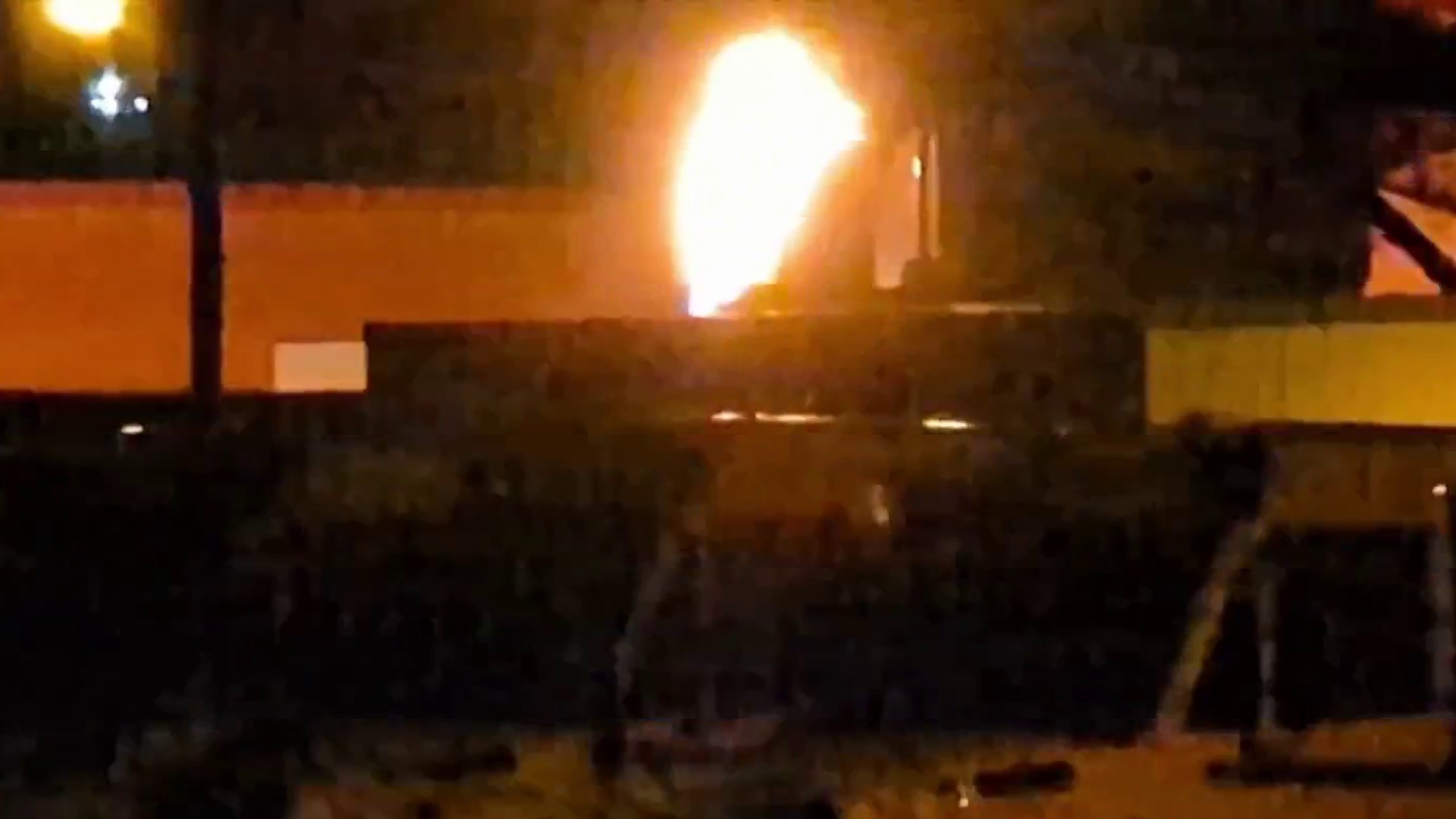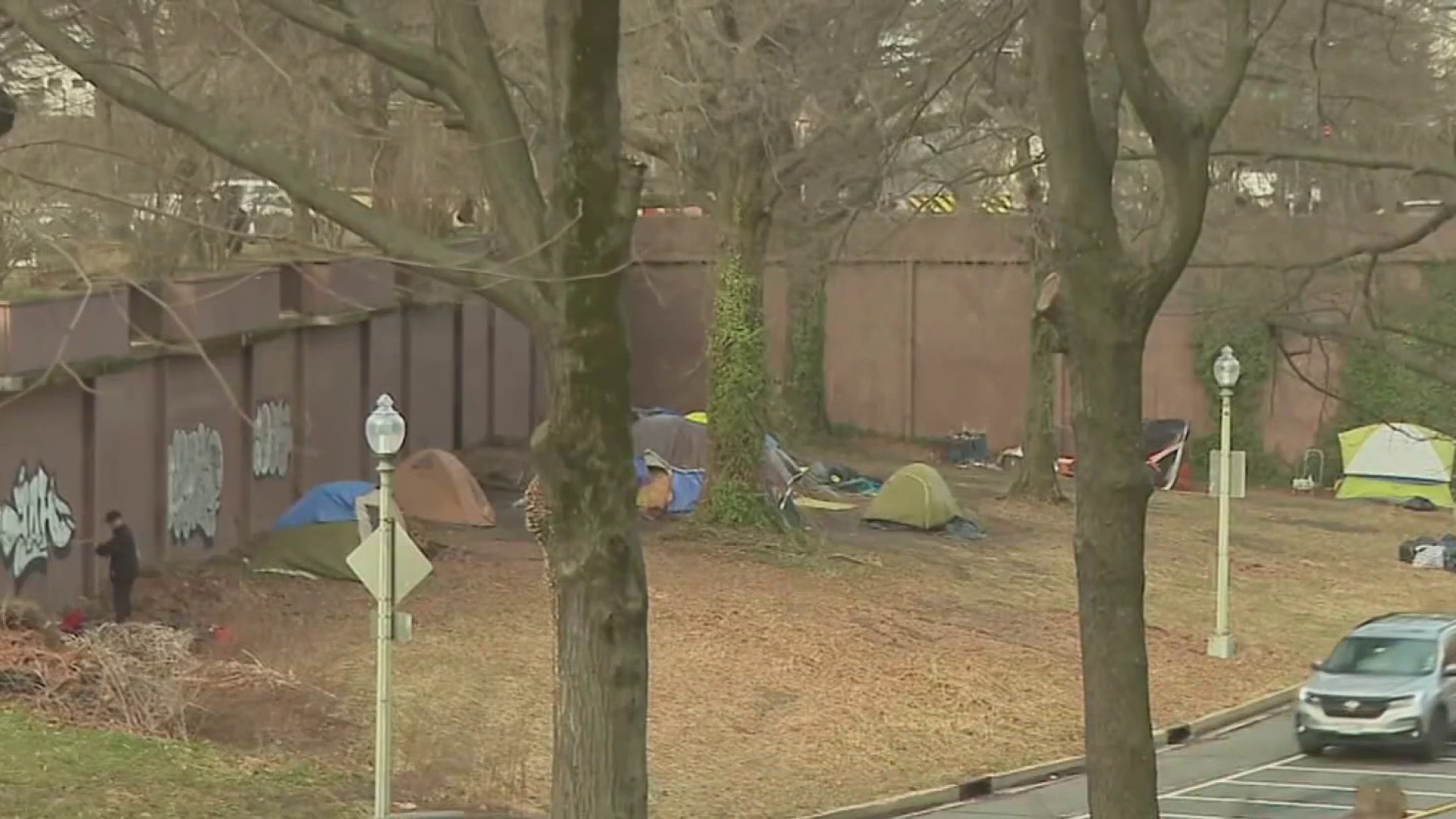Any extended closure of a portion of Metrorail’s Red Line won’t happen for more than two years, News4 learned Monday.
Improvements could eventually mean closing three stations -- Friendship Heights, Bethesda and Medical Center for up to six weeks, News4 transportation reporter Adam Tuss first reported Friday.
Specifically, the issue is with water constantly seeping into the Friendship Heights and Medical Center stations and the mess it's leaving behind.
"Water is just coming in from basically the geology that is there. The stations have a lot of fractures," Metro Deputy General Manager Rob Troup told Tuss.
Montgomery County Council member Roger Berliner, chair of the Transportation Committee, was displeased by the transit agency's lack of communication on the issue, which would affect tens of thousands of riders.
“Shutting down the Red Line should be a last resort,” Berliner said, and he told Metro as much on a somewhat reassuring conference call with Metro's acting general manager Monday.
“One, no decision has been made,” Berliner said. “We won't get near a decision for another six months, and it would be two years before that decision would be implemented.”
Local
Washington, D.C., Maryland and Virginia local news, events and information
He released the following statement Monday:
“After consulting with WMATA's Acting General Manager, I am satisfied that WMATA will explore all options in seeking to address the problem of water infiltration on the Red Line. I stressed that closure of the system would be damaging to our County and to Metro ridership. WMATA officials indicated that the study of alternatives will not be concluded for five-to-six months, that the agency plans to bring in experts from around the world to review their assessment and that any work that may be required will not commence for two years at least. Importantly, WMATA also is committed to working with our County and all affected stakeholders before reaching a final decision.”
In a series of tweets after our story broke Friday, Metro said the water problem is not causing a safety issue. But Metro has concerns about waiting too long to address the issue.
The tweets read:
"Metro faces challenges along a portion of the Red Line near Medical Ctr, where constant water infiltration from outside the tunnel requires ongoing pumping, dredging and cleaning to keep switches in service and to prevent arcing insulators. While not a safety issue, Metro engineers are considering comprehensive long-term solutions to improve the reliability of the Red Line for yrs to come while reducing main't requirements.
"Any decision around appropriate long-term repairs, incl. timeline, possible effects on service, will be made only after final engineering designs submitted in the coming months," the tweets read.
One Metro source said the repair process -- and the corresponding shutdown, if it is needed -- could take a month and a half.
"What we are going to do is we are looking to re-line the tunnels and that’s a significant effort," said Troup.
Re-lining a tunnel is certainly not a quick process. A rubber lining is put in place around the tunnel and then a layer of concrete is installed around the lining. It’s not a project that can be completed in a weekend.
Metro is currently finishing up a design plan to complete the work. After that, officials will make a decision on how long to shut things down.
"Whether or not we shut down [is something] we haven’t decided yet, but it is a significant project that we have to undertake," said Troup.
The Red Line is Metro's busiest line. On average, more than 6,200 riders boarded at Medical Center each weekday this year; at Friendship Heights, the number's even higher: 9,703.
The shutdown would also affect anyone simply trying to travel through the affected stretch. Riders would have to board shuttle buses to bypass those stations.
That could translate into more cars on the road, with commuters choosing to drive to get around the work.



